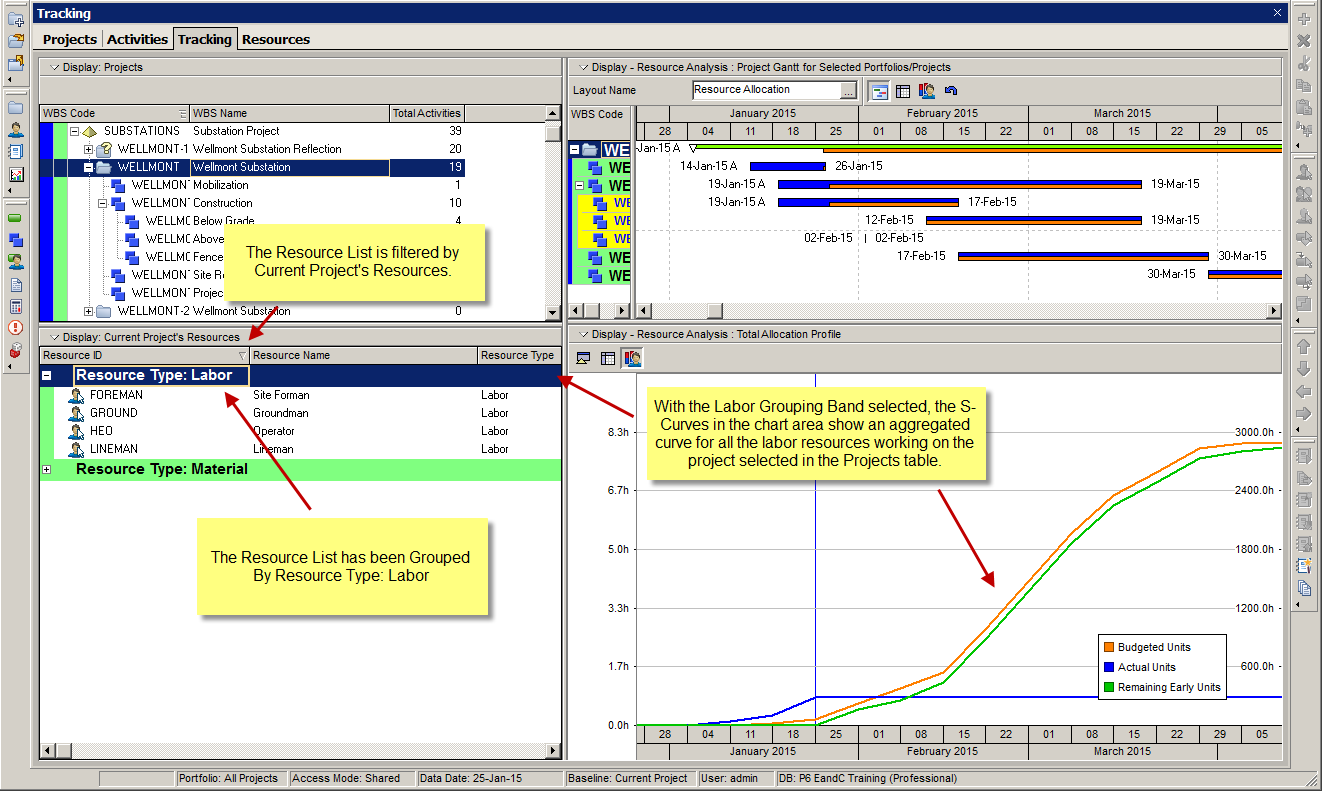Cost is one of the triple constraints in project management and one of the most important of every project. While challenging to manage and control, not impossible and there are many tools and methods out there to help you.
One of the most accepted tools is the Earned Value Management system that can capture project health and performance easily. The process incorporates project progress, schedule and costs, so you can project and analyze how the overall project is performing.
The following paragraphs provide basic and general knowledge about EVM and how costs are controlled when the EVM gets implemented.
Earned Value Management Terms
Let’s start by defining the terms used during the process and what they mean, so you can properly understand the methodology.
- Planned Value (PV) represents the budgeted cost of the work. In Microsoft Projects and other tools, it’s also known as the budgeted cost of work scheduled (BCWS). In other words, it represents the money to be spent in the project on a given task or overall project.
- Actual Costs (AC) is the cost incurred for the work already completed. It can also be known as the actual cost of work performed (ACWP).
- Earned Value (EV) is the total budget of work completed at any given time. In Microsoft Project and other software, it’s known as the budgeted cost of work performed (BCWP).
- Cost Performance Index is the ratio representing the amount of work completed for every unit of cost spent. When greater than 1, the project is in good health and under budget. It is calculated by dividing EV/AC.
- Schedule Performance Index shows how much work has been completed compared to the baseline schedule. When it is greater than 1, the project is ahead of schedule. It is calculated by dividing EV/PV.
Using EVM is a great approach at identifying risks and understanding when a project is going to be over budget or coming at budget.
The previous terms are calculated comparing the baseline schedule and the original budget to the actual costs incurred in the project. The different ratios and tools that the EVM provides are important tools to forecast the actual cost performance and the budget at completion at any given time. The tools can also be used to determine the estimate at completion and from those numbers, you can put together a plan to bring the project on track and close the actual budgeted cost.

